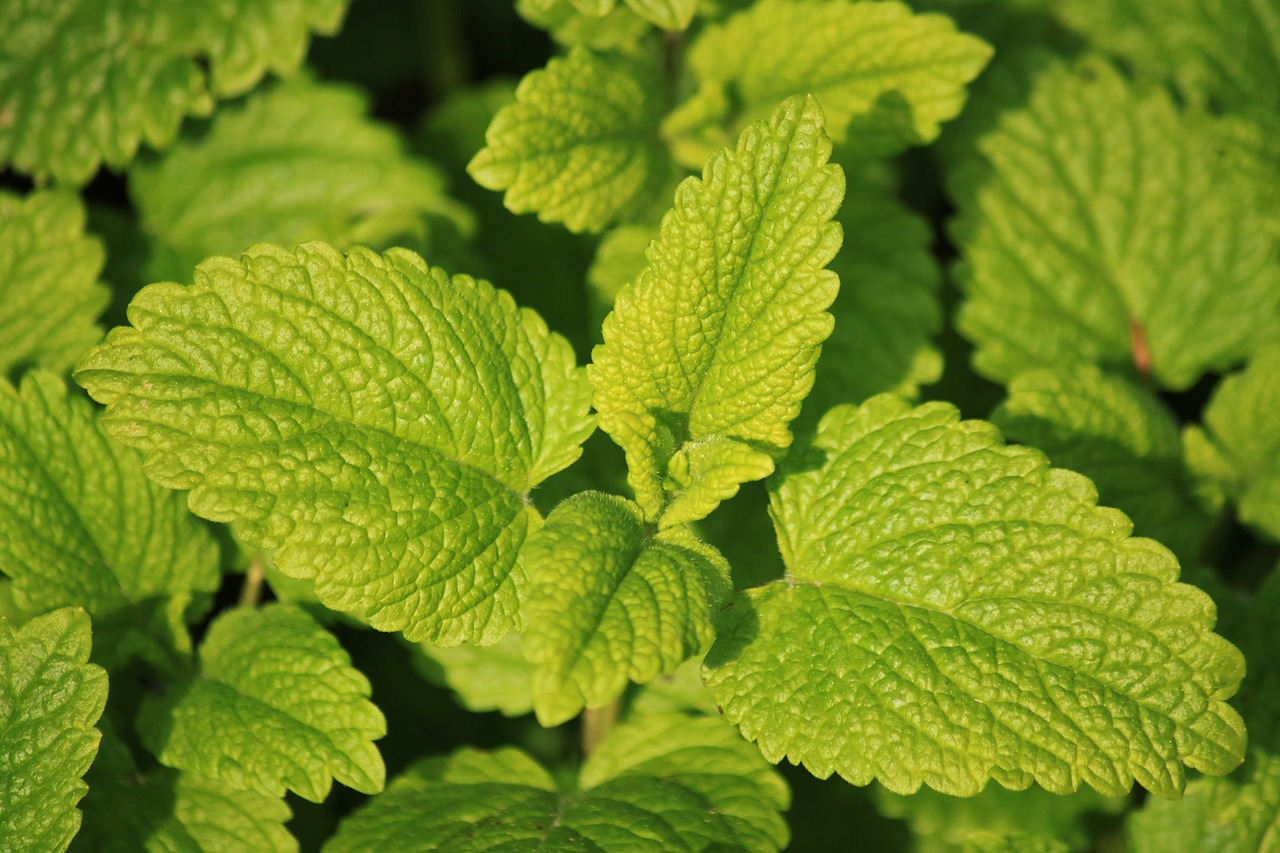
Most herbs need very little attention once planted. However, just a little care will pay dividends and ensure that your plants look great and produce plenty of fresh leaves and stems for you to use in the kitchen or on the barbecue whenever needed through the summer months.
Pruning and trimming
This is critical for some of the woody perennial herbs as it helps to keep them young and productive although harvesting also helps as it acts in the same way as giving the plants a trim. Sage and thyme are the two herbs which benefit most from careful pruning.
Start the process when plants are first planted; any long straggly growths can be cut back to encourage branching from further down.
Thereafter in the case of sage, trim each spring as growth gets under way to produce a good, rounded shape. Any healthy shoots which are removed can be used to increase your stocks and eventually to replace older plants.
Sages grown purely for their leaves can be trimmed again in the summer as the flowers appear as this maintains quality for picking.
Thymes should be pruned in late summer, however, it is really only the upright-growing types that need much attention – the ground-hugging varieties can be left safely to their own devices.

The essential thing to remember with thymes is that unlike sages they will not shoot from old wood so care needs to be taken not to cut back too far into the framework of the plant.
A light trim with shears immediately after flowering is usually enough to keep them healthy and vigorous.
Increase stocks with seeds or cuttings to replace old plants when necessary.
Rosemary needs little pruning and if you like to cut a few branches for use on the barbecue this should be enough to keep straggly growth in check.
Remaining long shoots can be snipped off in summer after flowering and old plants can be renovated by cutting the stems back by half in April. Most of the other herbs mentioned in this guide are annual or biennial so need little if any pruning.
Feeding and watering
Many of our favourite culinary herbs come from warmer, drier climates than ours and so are reasonably drought-tolerant.
However, to ensure they produce plenty of good quality leaves and stems they will require occasional watering, especially in pots where restricted root room and the heat absorbed by the container quickly dries out the compost.
In the summer containers may require watering every day – sheltered beds and borders too may need regular attention.
Plants such as bay quickly deteriorate if allowed to dry out and should be moved into a shady spot if you are going to be away for any length of time; you might also consider installing a simple watering system to keep your plants happy while you are on holiday.
A few herbs such as dill, fennel and coriander will bolt (flower prematurely) if allowed to become too dry.
Prepare the soil well prior to planting as described in the first section of this guide, digging in plenty of well-rotted garden compost to help keep the soil moist during the summertime.
Herbs do not need lots of feeding unless being harvested very regularly in fact if growing in a reasonable soil they will only require an occasional liquid feed when watering.
Again plants in pots do require a little more attention; feed every 14 days with a balanced liquid feed. Alternatively sprinkle a controlled-release feed such as Osmocote on the compost as a once-a-season tonic.

Pests
On the whole, herbs are not troubled by many pests and diseases, but occasionally attacks are serious enough to reduce the quality of the leaves and a suitable insecticide will need to be found.
Aphids (greenfly/blackfly):
A particular problem on soft herbs such as basil, fennel, dill and mint. Check plants regularly and spray as necessary. Alternatively rub off the pests with your fingers or wash them off with a jet of water.
Scale insects:
These are a particular problem on bay and congregate along the midribs of the leaves and also on the woody stems where they suck the sap.
Covered in a waxy coating they are difficult to kill with sprays and may require several applications. Very badly affected leaves can simply be picked off.
Bay sucker:
As its name suggests only really a problem on bay. The sap sucking pest which looks rather like a waxy white greenfly causes the edges of the leaves to thicken, turn yellow and curl.
The pest feeds protected by the curled edge of the leaf. Often more of a problem in some years than others, sprays can be effective or obviously affected leaves can be picked off and destroyed.
Rosemary beetle:
A pretty metallic green insect, up to 9mm long, which has only recently managed to colonise the UK in any numbers.
Rarely a serious problem but the larvae can cause significant damage to rosemary, thyme and lavender if present in large numbers. The larvae are soft and grey and present in from autumn to spring.
Pests can be picked off as seen.



